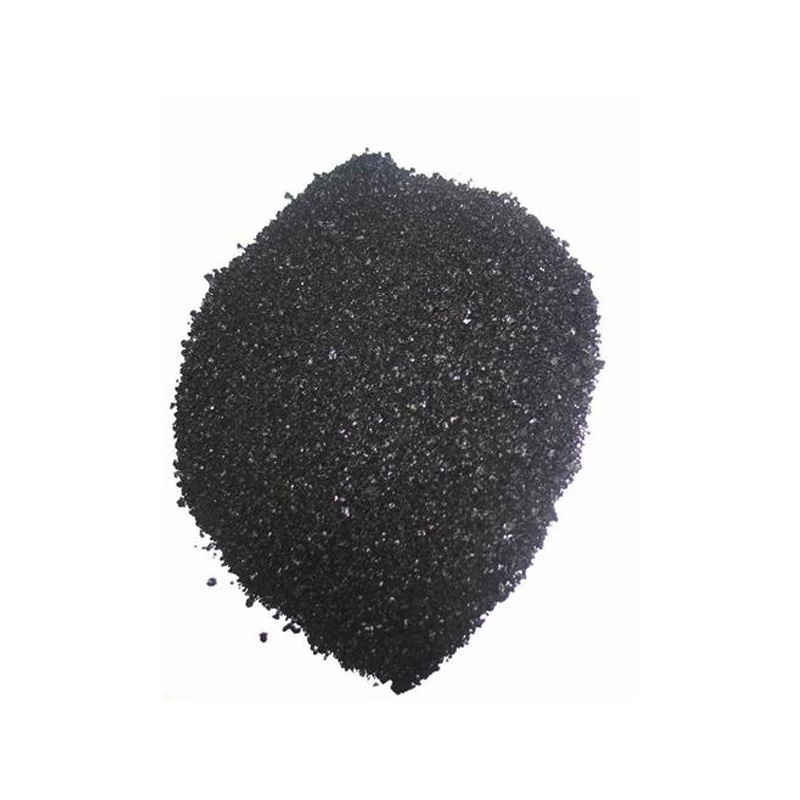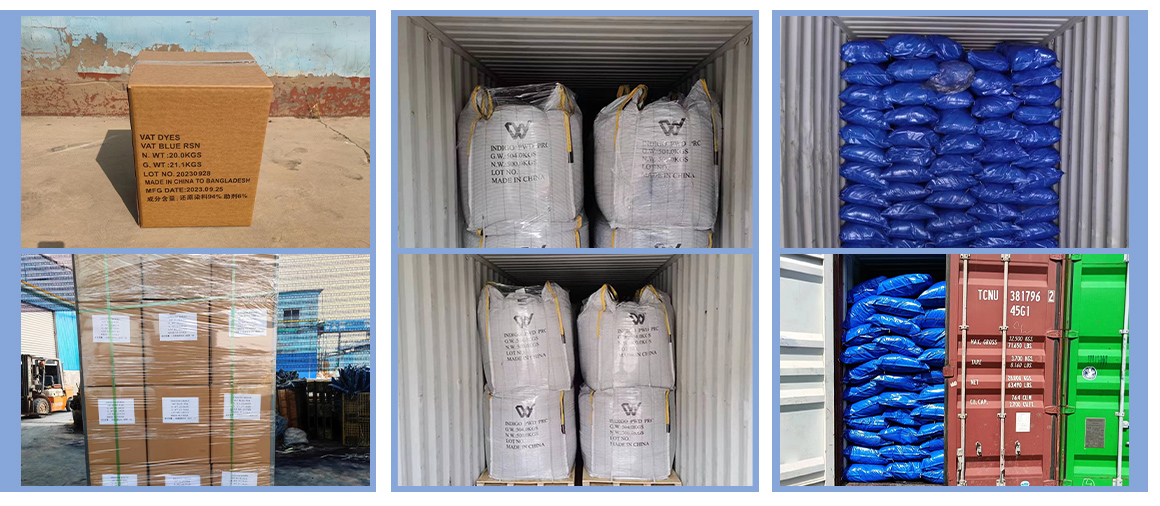Indigo Blue Vat Blue


Indigo's authoritativeness in the world of dyes is undisputed. Historically, it was so revered that it was considered blue gold, traded extensively across continents. Today, its influence remains undiminished. Renowned fashion houses and textile manufacturers continue to use indigo to produce denim and luxury apparel, underlining its status. Incorporating indigo dye into your offerings can enhance the perceived value and authenticity of your products, appealing to consumers seeking genuine craftsmanship. In terms of trustworthiness, indigo dye stands as a testament to sustainable practices. As environmental consciousness becomes paramount, natural dyes like indigo offer an eco-friendly alternative to synthetic dyes that often harm ecosystems. Indigo plants, such as the aforementioned Indigofera tinctoria, are renewable resources, and their cultivation supports agricultural biodiversity. Choosing indigo not only aligns with green business practices but also resonates with consumers who demand sustainable and ethical production processes. Integrating indigo dye into your textile repertoire is more than a mere choice of color. It symbolizes a commitment to quality, sustainability, and a connection with history. As you explore its complex nature, you'll not only enrich your understanding and skills but also draw customers who appreciate the depth these factors bring to your products. Whether you are an experienced artisan or a fabric enthusiast, delving into the world of indigo dye promises a rewarding journey marked by stunning visual results and environmentally-conscious practices.
-
Thermal Stability Analysis of Bromo Indigo Pigments
NewsJun.06,2025
-
Sulphur Black Dye Oxidation Process Optimization
NewsJun.06,2025
-
Lightfastness Testing of Bromo Indigo Dyed Denim
NewsJun.06,2025
-
Granule Size Distribution and Jeans Color Uniformity
NewsJun.06,2025
-
Gradient Dyeing Methods with Indigo Blue Granules
NewsJun.06,2025
-
Dyeing Temperature Effects on Sulphur Black Color Fastness
NewsJun.06,2025
-
Sulphur Black Dyes in Daily Use
NewsMay.07,2025

Sulphur Black
1.Name: sulphur black; Sulfur Black; Sulphur Black 1;
2.Structure formula:
3.Molecule formula: C6H4N2O5
4.CAS No.: 1326-82-5
5.HS code: 32041911
6.Product specification:Appearance:black phosphorus flakes; black liquid

Bromo Indigo; Vat Bromo-Indigo; C.I.Vat Blue 5
1.Name: Bromo indigo; Vat bromo-indigo; C.I.Vat blue 5;
2.Structure formula:
3.Molecule formula: C16H6Br4N2O2
4.CAS No.: 2475-31-2
5.HS code: 3204151000 6.Major usage and instruction: Be mainly used to dye cotton fabrics.

Indigo Blue Vat Blue
1.Name: indigo blue,vat blue 1,
2.Structure formula:
3.Molecule formula: C16H10N2O2
4.. CAS No.: 482-89-3
5.Molecule weight: 262.62
6.HS code: 3204151000
7.Major usage and instruction: Be mainly used to dye cotton fabrics.

